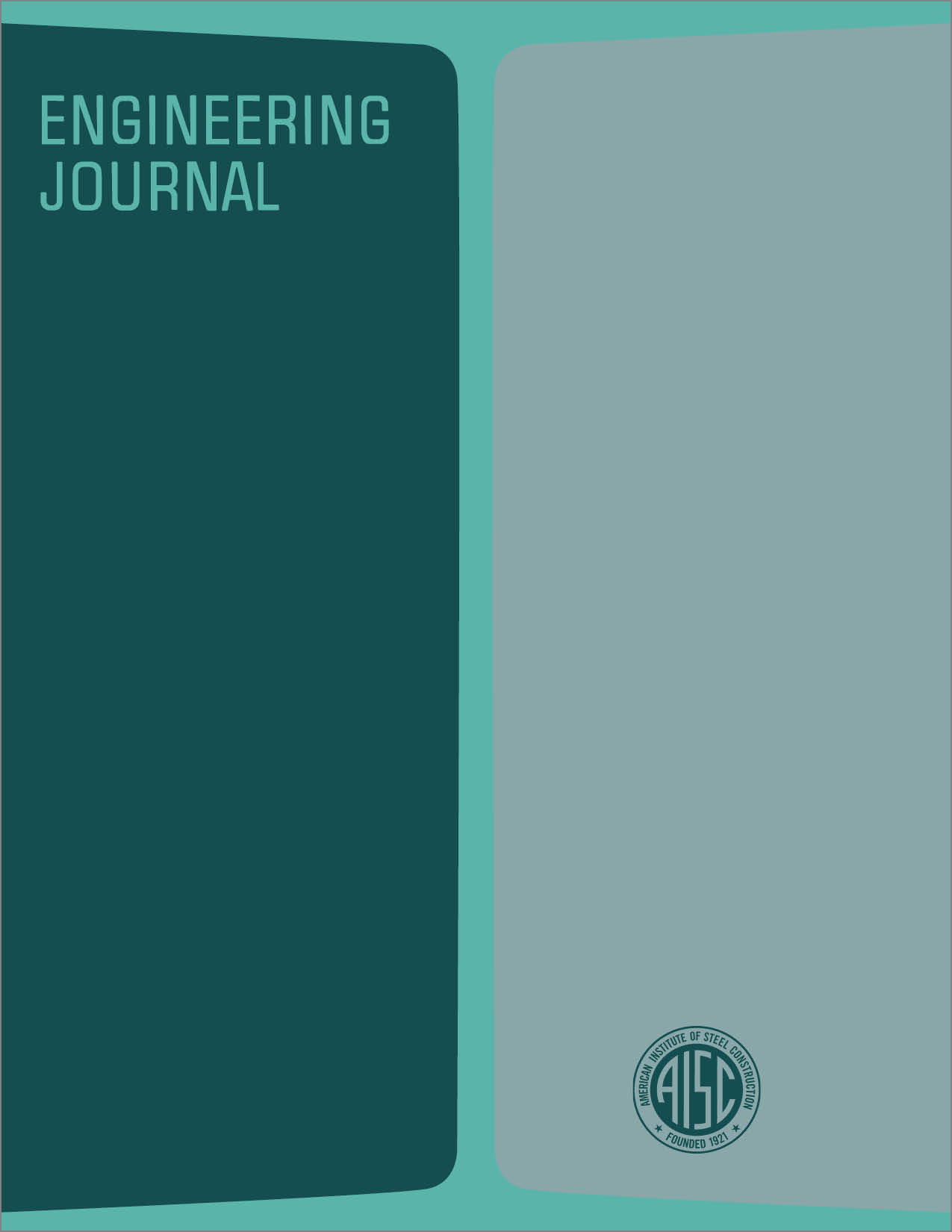The Severity of Fires in Steel-Frame Buildings
DOI:
https://doi.org/10.62913/engj.v4i4.86Abstract
Fire severity is a term that has been used to describe the destructive potential of a fire in a building. It has commonly been expressed as a function of time and temperature, andstandard time-temperature relationships have been developed to establish uniform procedures for testing structural members of buildings exposed to fire. In the United States, the accepted standard is the time-temperature curve described by the American Society for Testing and Materials in Standard E119 (Fig. 1). Other countries have developed similar but not identical specifications for fire severity. The ASTM curve was adopted in 1918 as a result of conferences involving 11 organizations representing technical societies, testing laboratories, insurance underwriters, and fire-protection associations. It was intended to represent the fire severity likely to occur in the complete burnout of the contents and structure of a typical brick, wood-joisted building. About 10 years after theadoption of the standard, the National Bureau of Standards conducted burnout tests in two old brick buildings that were scheduled to be demolished in Washington, D. C. Very intense fires developed quickly, and the walls collapsed in about half an hour. Therefore, little data on fire intensity or duration were obtained. However, two temperature measurements taken before the walls collapsed indicated a severity much greater than the standard curve (Fig. 2). But the data were very limited, and the curve established by the committee was retained as the standard.

